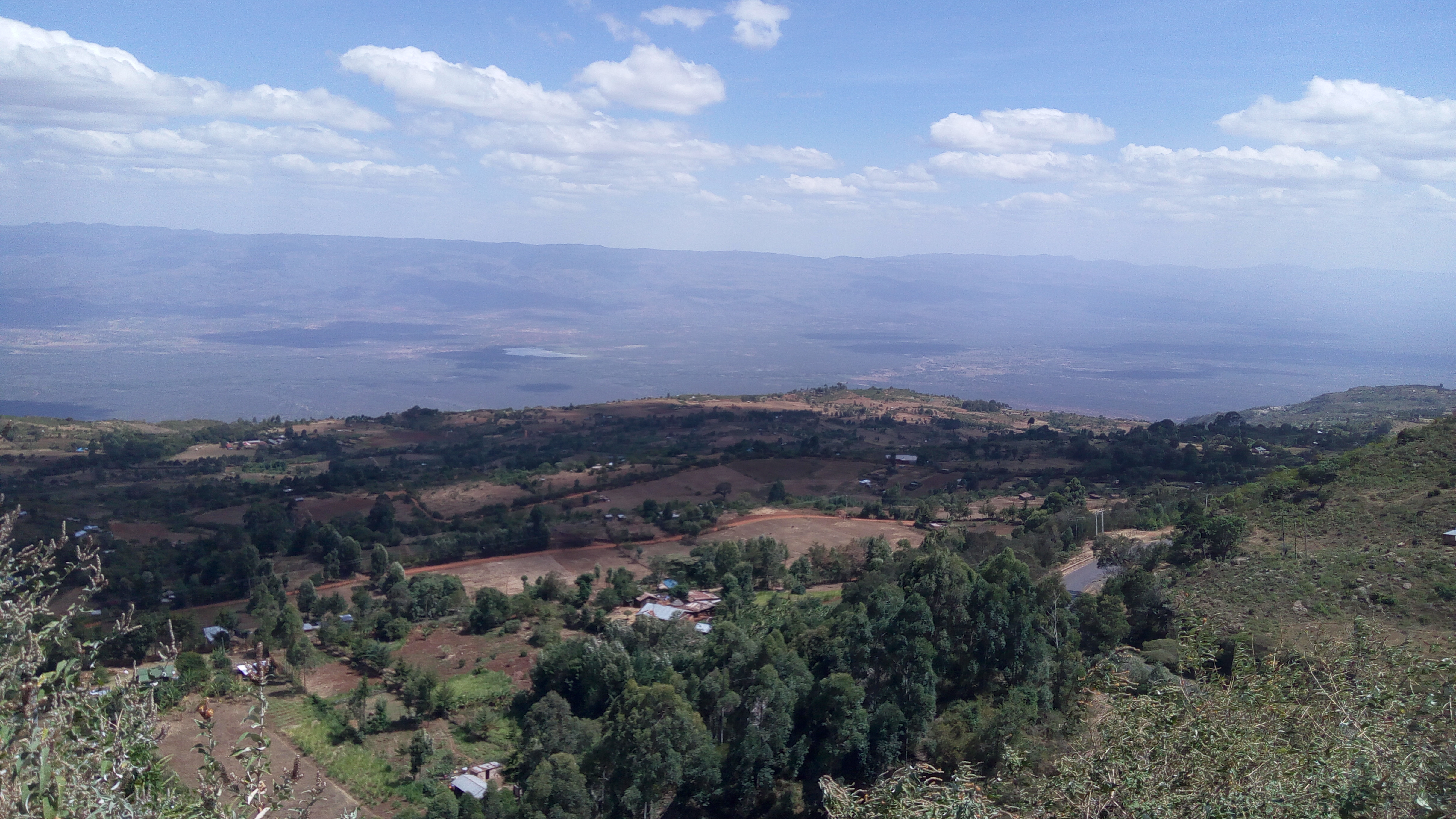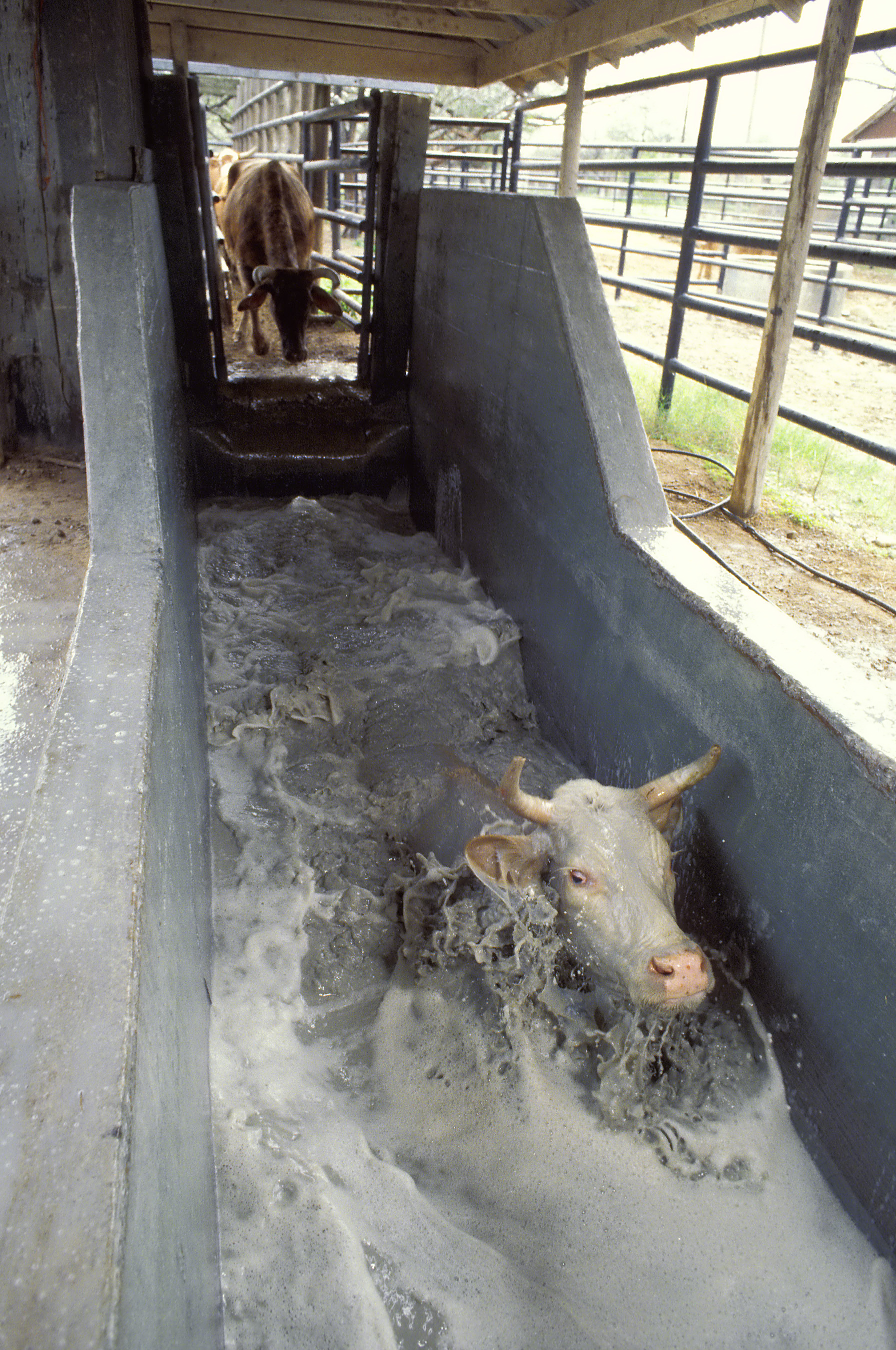|
Kabarak
The Kabarak are a clan found in Keiyo South district, Elgeyo-Marakwet County in The Great Rift Valley, Kenya. The district covers most parts of the Kitany sub-location, Epke and Mosop. It inhabits from the Kaptagat forest eastwards to the Keiyo-Baringo border at Endo. The clan animal is ''Teriki'', a brown elephant. Kapmaeny araa, Kapchemobor, Kapkee, kamogit and kapnyongi are the main families of the clan. The clan has grown to approximately 3,000 households with an estimated population of about 15,000. Villages Kabarak villages include Mutwo, Kapserton, Orapno, Lelin, Epke, Mosop and Chemurgui. The villages are headed by the village elders who are tasked with solving minor disputes amongst the residents. The landmarks along the Kabarak clan's land include the Kapserton Cattle dip. Built in 1966, the cattle dip A plunge dip (also known as a dipping vat, dipping tank or, simply, a dip) is a bath designed to immerse livestock in liquid pesticide or other treatment. Design Typi ... [...More Info...] [...Related Items...] OR: [Wikipedia] [Google] [Baidu] |
Elgeyo-Marakwet County
Elgeyo-Marakwet County is one of Kenya's 47 counties. Elgeyo Marakwet County is located in the former Rift Valley Province. Its capital and largest town is Iten. It borders the counties of West Pokot to the north, Baringo County to the east, southeast and south, Uasin Gishu to the southwest and west, and Trans Nzoia to the northwest. Demographics The total population of Elgeyo-Marakwet County is 454,480 persons, of this 227,317 are females, 227,151 males and 12 intersex persons. There are 99,861 households in the county with an average size of 4.5 persons per household with a density population of 150 persons per square km. Geography, geology and topography The Kerio River binds the county on the eastern side. From its alluvial plain the topography gradually rises towards the west. The Elgeyo Escarpment stands out distinctly and causes elevation differences of up to 1,500 m. In the northern and southern part of the county the topography is rugged, giving way to more s ... [...More Info...] [...Related Items...] OR: [Wikipedia] [Google] [Baidu] |
Clan
A clan is a group of people united by actual or perceived kinship and descent. Even if lineage details are unknown, clans may claim descent from founding member or apical ancestor. Clans, in indigenous societies, tend to be endogamous, meaning that their members can marry one another. Clans preceded more centralized forms of community organization and government, and exist in every country. Members may identify with a coat of arms or other symbol to show that they are an . Kinship-based groups may also have a symbolic ancestor, whereby the clan shares a "stipulated" common ancestor who serves as a symbol of the clan's unity. Etymology The English word "clan" is derived from old Irish meaning "children", "offspring", "progeny" or "descendants"; it is not from the word for "family" or "clan" in either Irish or Scottish Gaelic. According to the ''Oxford English Dictionary'', the word "clan" was introduced into English in around 1425, as a descriptive label for the organization ... [...More Info...] [...Related Items...] OR: [Wikipedia] [Google] [Baidu] |
Great Rift Valley, Kenya
The Great Rift Valley is part of an intra-continental ridge system that runs through Kenya from north to south. It is part of the Gregory Rift, the eastern branch of the East African Rift, which starts in Tanzania to the south and continues northward into Ethiopia. It was formed on the "Kenyan Dome" a geographical upwelling created by the interactions of three major tectonics: the Arabian, Nubian, and Somalian plates. In the past, it was seen as part of a "Great Rift Valley" that ran from Madagascar to Syria. Most of the valley falls within the former Rift Valley Province. The valley contains the Cherangani Hills and a chain of volcanoes, some of which are still active. The climate is mild, with temperatures usually below . Most rain falls during the March–June and October–November periods. The Tugen Hills to the west of Lake Baringo contain fossils preserved in lava flows from the period 14 to 4 million years ago. The relics of many hominids, ancestors of humans, have been ... [...More Info...] [...Related Items...] OR: [Wikipedia] [Google] [Baidu] |
Kenya
) , national_anthem = "Ee Mungu Nguvu Yetu"() , image_map = , map_caption = , image_map2 = , capital = Nairobi , coordinates = , largest_city = Nairobi , official_languages = Constitution (2009) Art. 7 ational, official and other languages"(1) The national language of the Republic is Swahili. (2) The official languages of the Republic are Swahili and English. (3) The State shall–-–- (a) promote and protect the diversity of language of the people of Kenya; and (b) promote the development and use of indigenous languages, Kenyan Sign language, Braille and other communication formats and technologies accessible to persons with disabilities." , languages_type = National language , languages = Swahili , ethnic_groups = , ethnic_groups_year = 2019 census , religion = , religion_year = 2019 census , demonym = ... [...More Info...] [...Related Items...] OR: [Wikipedia] [Google] [Baidu] |
Elephant
Elephants are the largest existing land animals. Three living species are currently recognised: the African bush elephant, the African forest elephant, and the Asian elephant. They are the only surviving members of the family Elephantidae and the order Proboscidea. The order was formerly much more diverse during the Pleistocene, but most species became extinct during the Late Pleistocene epoch. Distinctive features of elephants include a long proboscis called a trunk, tusks, large ear flaps, pillar-like legs, and tough but sensitive skin. The trunk is used for breathing, bringing food and water to the mouth, and grasping objects. Tusks, which are derived from the incisor teeth, serve both as weapons and as tools for moving objects and digging. The large ear flaps assist in maintaining a constant body temperature as well as in communication. African elephants have larger ears and concave backs, whereas Asian elephants have smaller ears, and convex or level backs. Elephants ... [...More Info...] [...Related Items...] OR: [Wikipedia] [Google] [Baidu] |
Cattle Dip
A plunge dip (also known as a dipping vat, dipping tank or, simply, a dip) is a bath designed to immerse livestock in liquid pesticide or other treatment. Design Typically a dip is designed as a narrow channel (about the width of the animal) through which the animals walk, immersing them in progressively deeper liquid until the animal is completely immersed (apart from its head so it can breathe). The channel then becomes progressively shallower until the animal exits. Because many animals can walk through the channel one after another, it is an efficient method of delivering pesticide or other liquid treatments to a large herd. A liquid product used to treat the livestock by immersion in a plunge dip is also known as a ''dip'' (e.g. sheep dip Sheep dip is a liquid formulation of insecticide and fungicide which shepherds and farmers use to protect their sheep from infestation against external parasites such as itch mite (''Psoroptes ovis''), blow-fly, ticks and lice. Histor ... [...More Info...] [...Related Items...] OR: [Wikipedia] [Google] [Baidu] |



_colourised.png)
